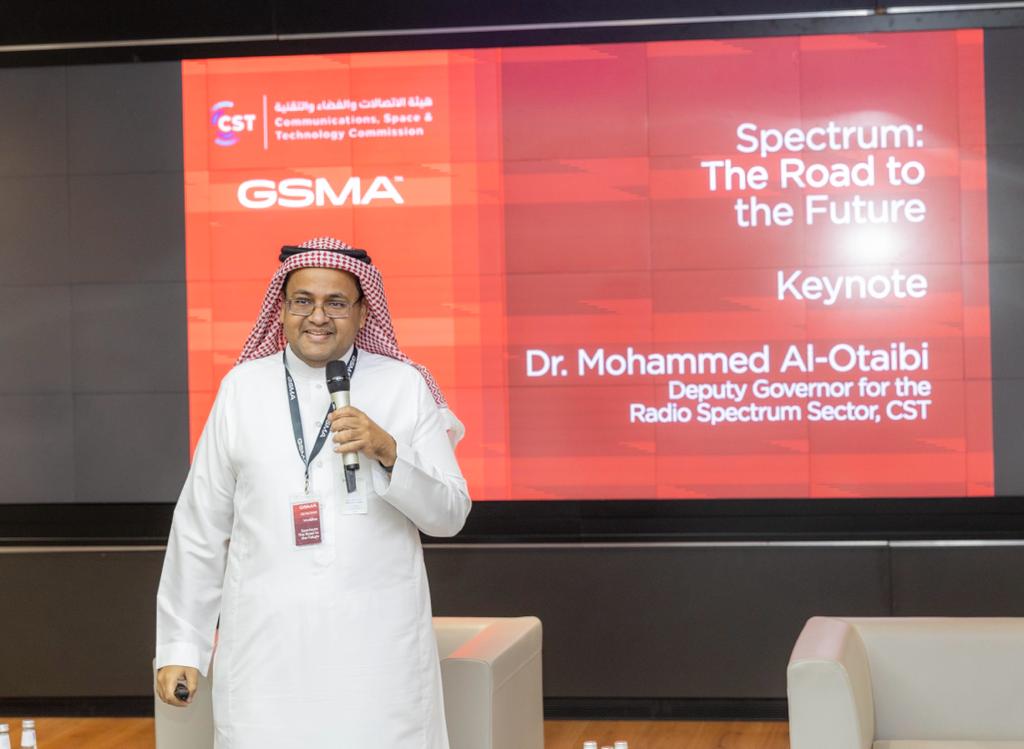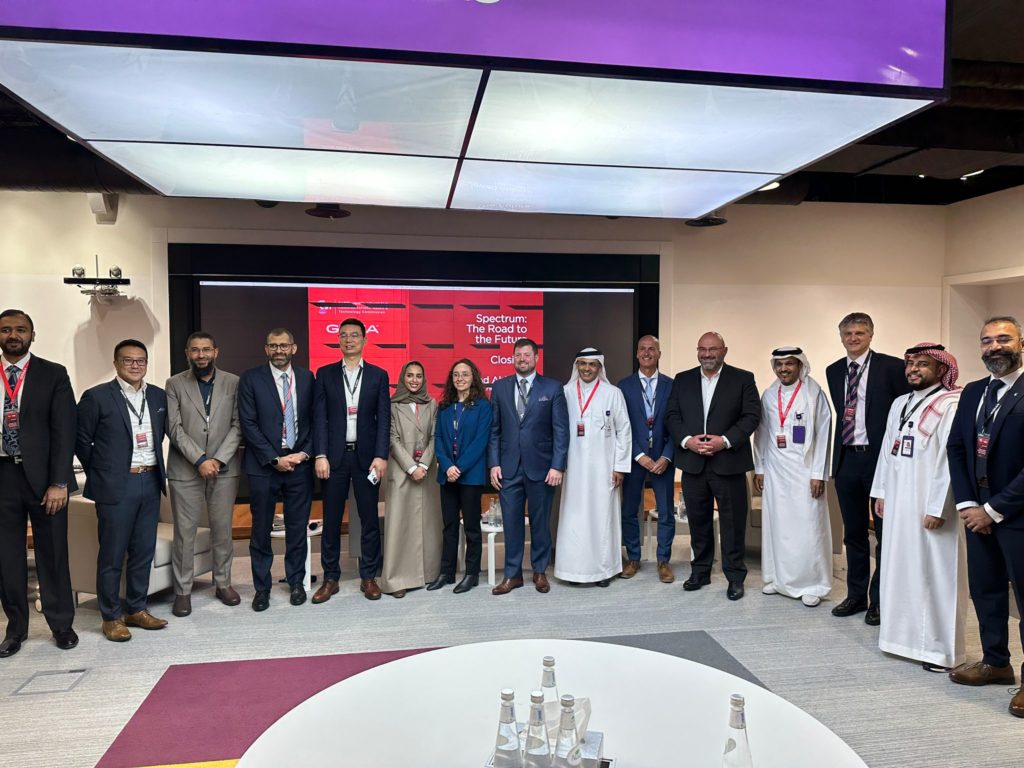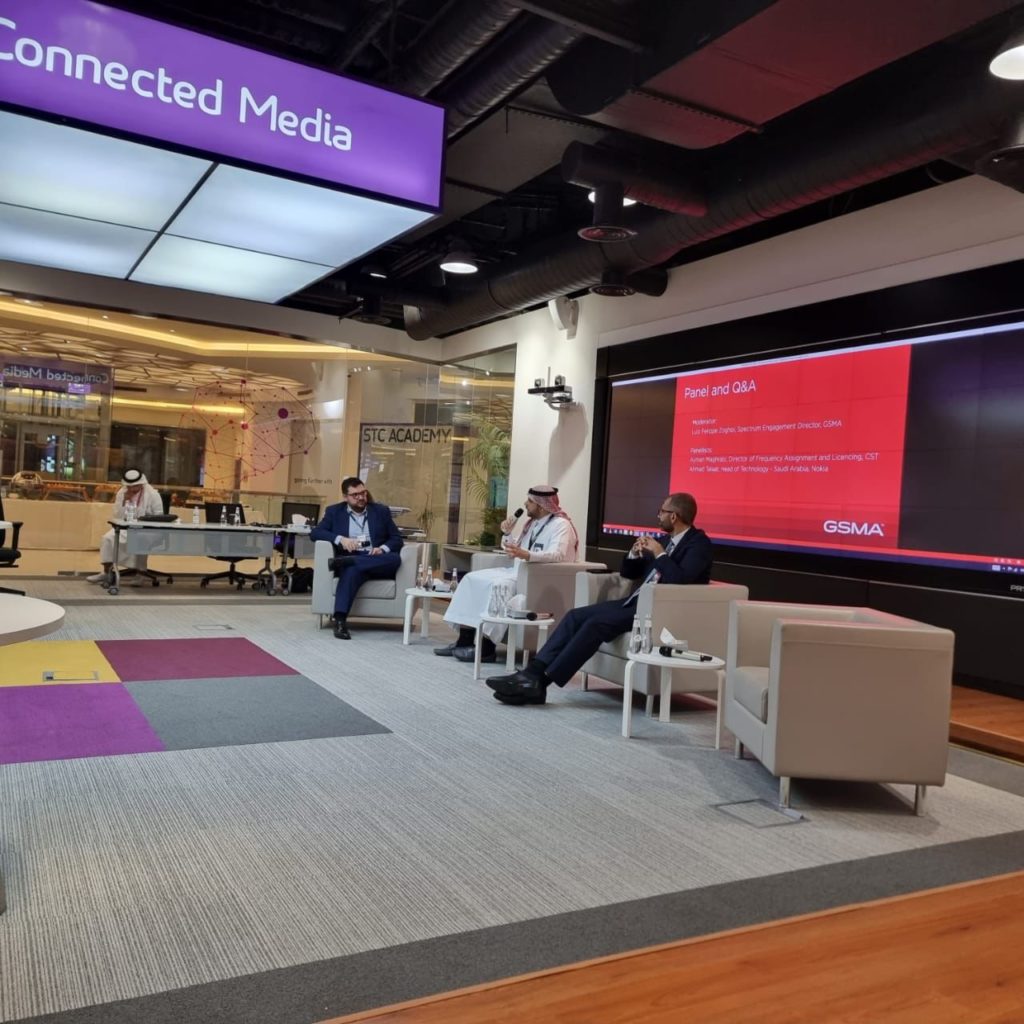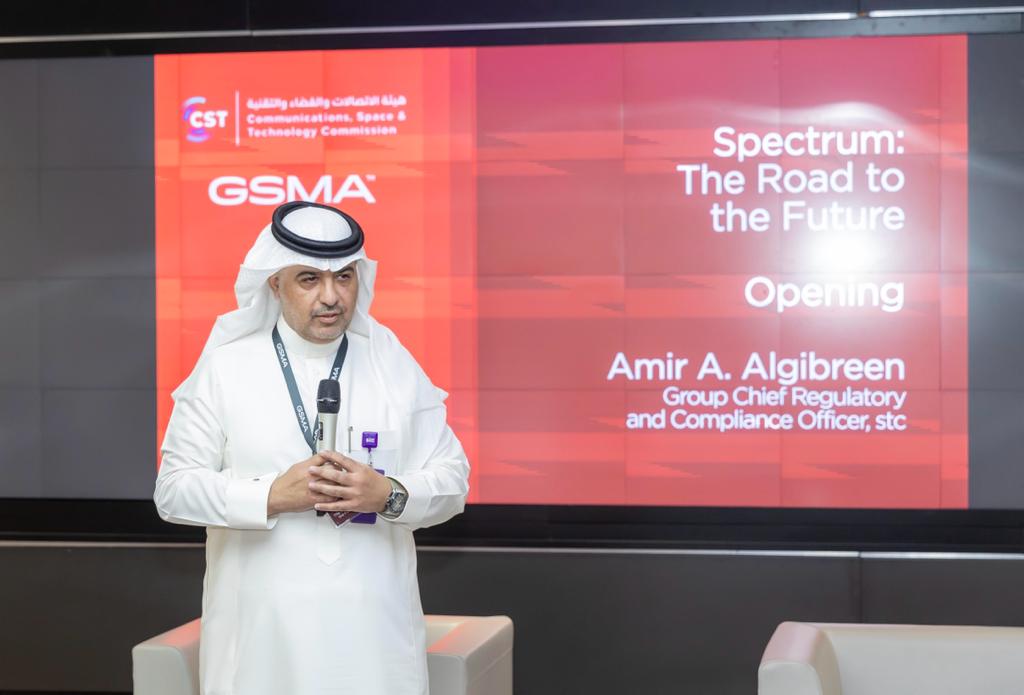Saudi Arabia today is one of the world’s leading 5G nations and has some of the fastest networks in the world. This leadership status is no coincidence but the result of a solid commitment to the development of mobile technology and years of planning.
The country’s operators can access more than 1000 MHz of licensed spectrum for IMT use in the low- and mid-band ranges. This amount is on par, or higher than, most of the leading nations in Europe, the Americas and the Asia Pacific.
Auctions of the 2.3 GHz, 2.6 GHz and 3.5 GHz bands were completed in 2019. Early access to spectrum has, over and over, proven to be a recipe for success when new generation networks are rolled out. Low-band spectrum (700 MHz and 800 MHz) was awarded earlier for 4G, but operators can use it for 5G and the licences are technology neutral. The latter is necessary for any country that wants to help increase coverage and capacity improvements.
Saudi Arabia isn’t the only country in the MENA region leading the way on 5G. Bahrain, Kuwait, Oman, Qatar, and the UAE are also pioneers, with governments and regulators awarding spectrum and mobile operators deploying some of the world’s first and fastest 5G networks. In fact, three out of the top five fastest networks in the world are in the Middle East.
As we look to the future, a strong commitment is again needed to improve digital equality and provide the capacity to expand 5G connectivity. The amount of available spectrum, prices, refarming proposals and obligations can help make or break growth.
Increasing capacity for mobile leads to better services delivered from less dense, less costly networks. As a result, more consumers will be able to use 5G and fewer base stations also means lower carbon emissions. A GSMA Intelligence study shows that 5G will be responsible for a GDP growth of $1 trillion in 2030. However, 40% of these benefits can be lost without the right amount of spectrum. 2 GHz of mid-band spectrum will be required in this decade, as well as 5 GHz in high-bands and more low-band capacity.
Decisions made at the World Radiocommunication Conference 2023 (WRC-23) later this year will also have a significant impact on the future of mobile – 5G Advanced and 6G. The outcomes at the WRC can increase harmonisation, improve digital equality and provide the capacity to drive 5G innovation. Spectrum decisions need to be robust, harmonised and give clear roadmaps into the future. The WRC can give access to frequencies including low-band and 6 GHz spectrum, both of which are important to mobile’s future.
Effective collaboration has always been one of the main reasons for the success of mobile connectivity and bringing together regulators, vendors, operators, and the broader industry continues to be a critical mission for the development of mobile broadband.
“Spectrum: The Road to the Future” was held on 23 May at stc Academy, Rafal Tower, Riyadh. The event was supported by the Communications, Space & Technology Commission (CST) and sponsored by stc.





The presentation from the event can be downloaded here.

